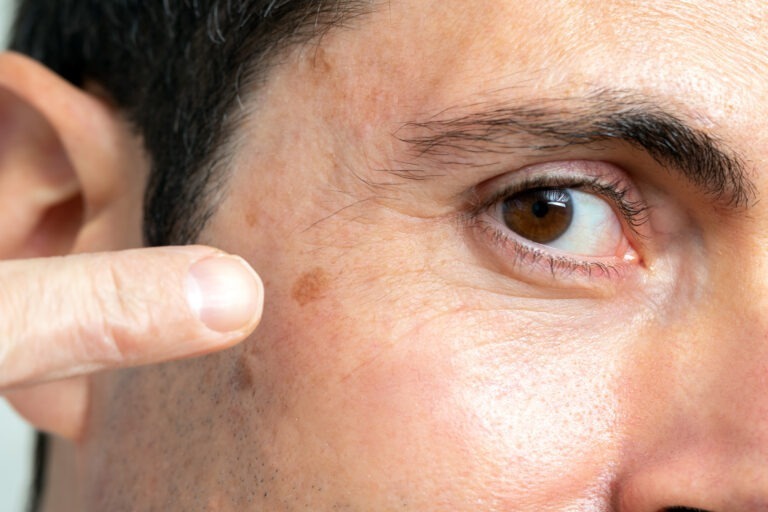Melanoma

Melanoma Treatment and Surgery in Queensland
Expert Care for Melanoma: Early Detection and Surgical Treatment
Queensland has one of the highest rates of melanoma in the world, primarily due to the region’s intense ultraviolet (UV) radiation exposure. This aggressive form of skin cancer originates in melanocytes, the pigment-producing cells in the skin. Each year, approximately 3,600 Queenslanders are diagnosed with melanoma, making early detection and timely surgical intervention critical for successful treatment.
Melanoma can spread quickly to other areas of the body, including the lymph nodes, lungs, liver, and brain, if not treated promptly. Regular skin checks, diligent sun protection, and seeking expert medical care when changes in moles or skin lesions occur are essential in preventing melanoma and improving survival rates.
At Upper Edge Surgery Dr. Goutham provides comprehensive melanoma care, from diagnosis and surgical excision to ongoing follow-up and surveillance, ensuring the best possible outcomes for our patients.
What Causes Melanoma?
Melanoma is primarily caused by prolonged exposure to UV radiation, which damages skin cells and triggers abnormal growth. The main sources of UV radiation include:
- Sun exposure – Particularly in areas with high UV intensity, like Queensland.
Certain individuals have a higher risk of developing melanoma, including those who:
- Have fair skin, light hair, and light-coloured eyes.
- Have a family history of melanoma.
- Have a history of multiple sunburns, particularly during childhood.
- Spend long hours outdoors without proper sun protection.
- Have numerous atypical or dysplastic moles.
Since melanoma develops quickly, recognising early warning signs and seeking prompt medical evaluation is crucial for successful treatment.
Signs and Symptoms of Melanoma
Melanoma often presents as a changing mole, freckle, or pigmented skin lesion. The ABCDE rule can help detect suspicious moles that may require medical review:
- A – Asymmetry: One half of the mole does not match the other.
- B – Border irregularity: Edges are uneven, blurred, or notched.
- C – Colour variation: Multiple shades of brown, black, blue, red, or white.
- D – Diameter: Moles larger than 6mm (about the size of a pencil eraser).
- E – Evolving: Changes in size, shape, color, or texture over time.
Other symptoms that may indicate melanoma include:
- A new spot on the skin that looks different from other moles.
- A mole that becomes itchy, tender, or starts to bleed.
- Skin lesions that do not heal over time.
Since melanoma is less common than basal cell carcinoma (BCC) or squamous cell carcinoma (SCC), many people overlook its early signs. However, melanoma is the most life-threatening type of skin cancer, making early detection and specialist treatment vital.
Treatment for Melanoma
The only effective treatment for primary melanoma is surgical excision with clear margins. If you or your doctor suspect a melanoma, timely and proper treatment is essential. The first step is obtaining an accurate tissue diagnosis, typically through a biopsy. This involves removing the entire lesion for examination, or in some cases, performing a partial biopsy of the most suspicious area if the lesion is too large to remove in one piece. Once the diagnosis is confirmed, the next step is wide local excision to remove any remaining tissue, including a margin of healthy skin around the lesion, followed by reconstruction if necessary. In some cases, the lymph nodes draining the area may also be examined.
Post-Surgical Care and Follow-Up
Following melanoma surgery, regular follow-up appointments are essential to monitor for recurrence. The recommended follow-up schedule includes:
📅 Every 3-6 months for the first 5 years – Higher risk of recurrence during this period.
📅 Annually after 5 years – Continued surveillance to detect any new melanomas early.
Patients are also advised to:
✔ Perform regular skin self-examinations to check for new moles or changes.
✔ Use sunscreen (SPF 50+), wear protective clothing, and avoid excessive sun exposure.
✔ Lead a healthy lifestyle, including maintaining a strong immune system through proper nutrition and regular exercise.

